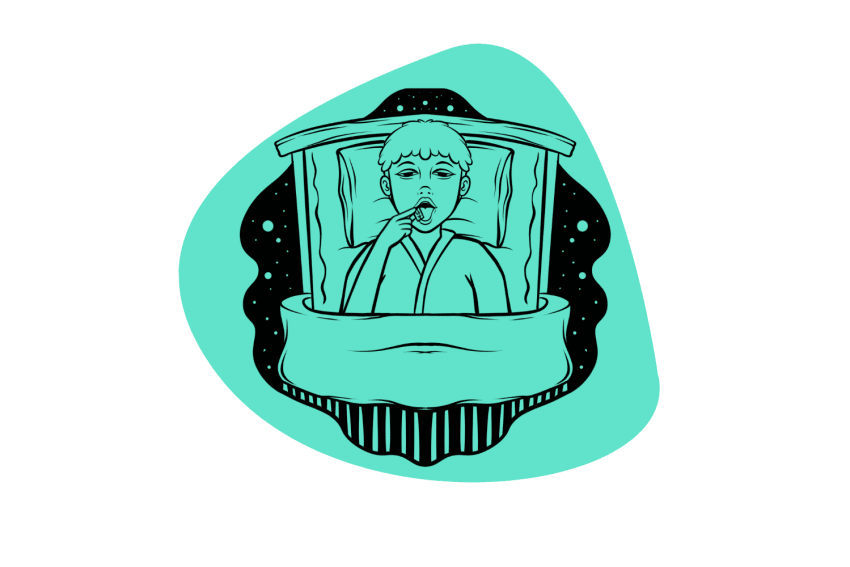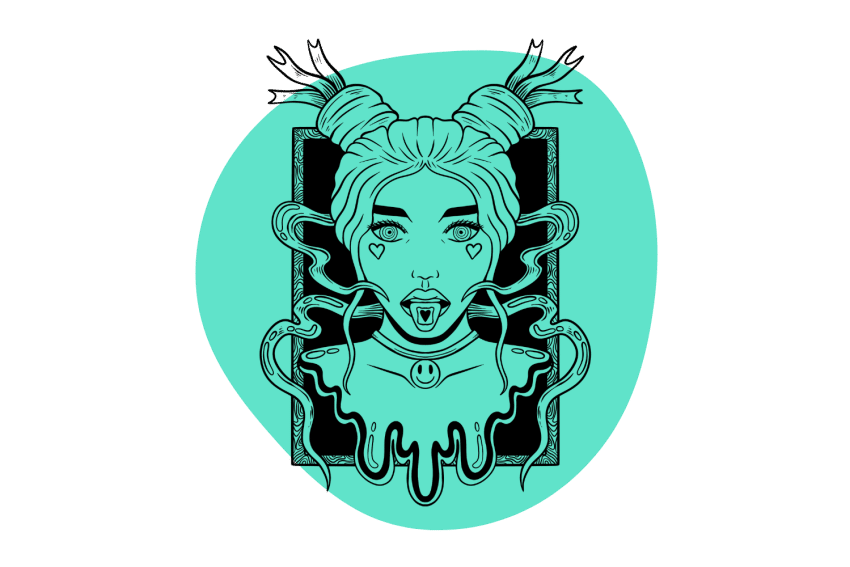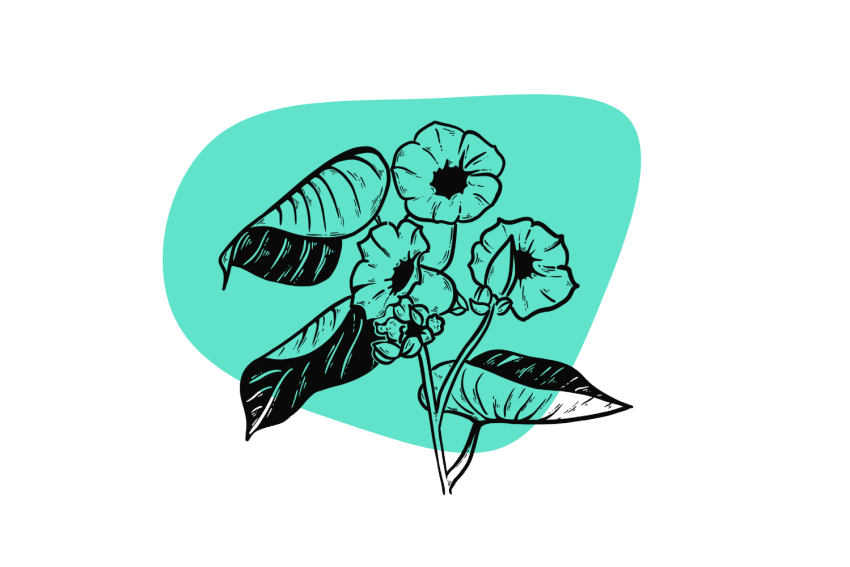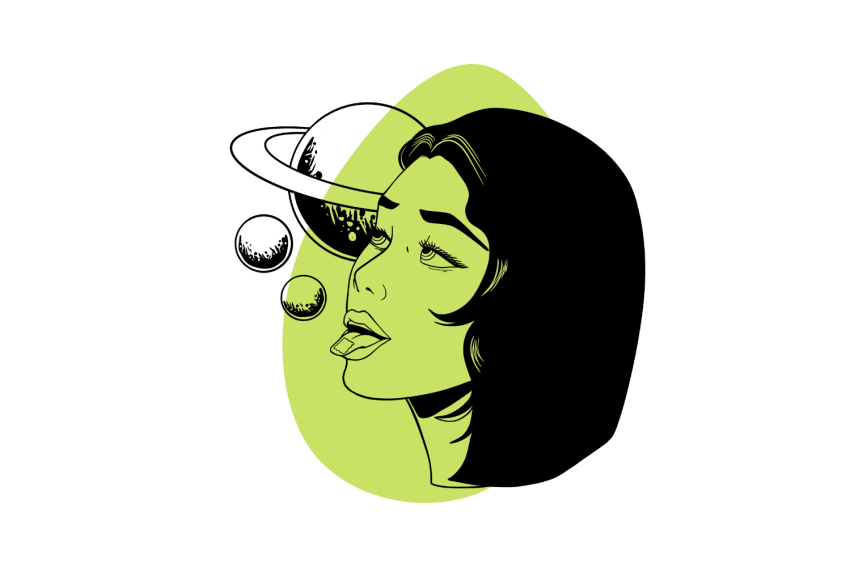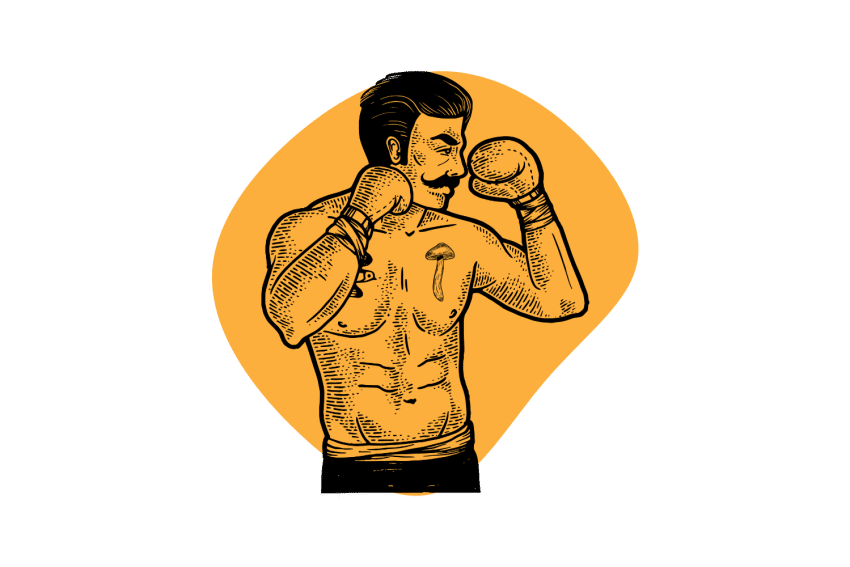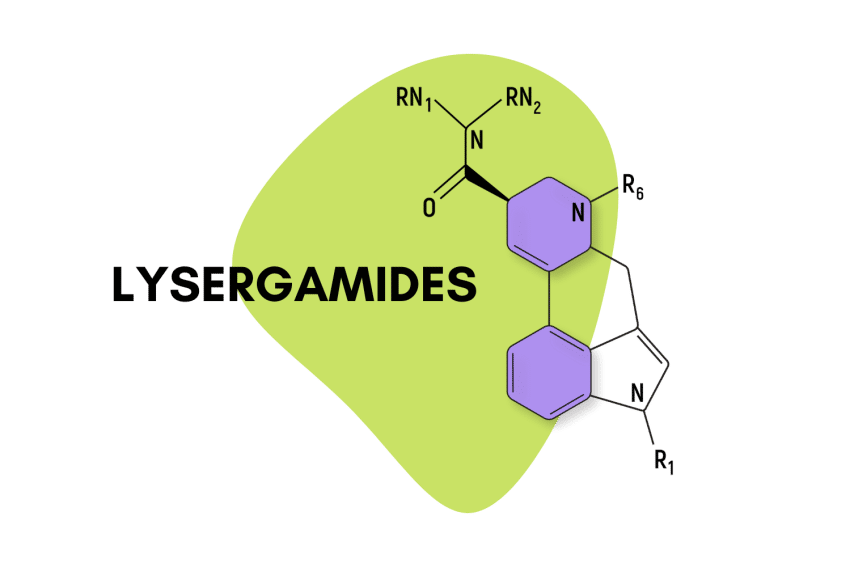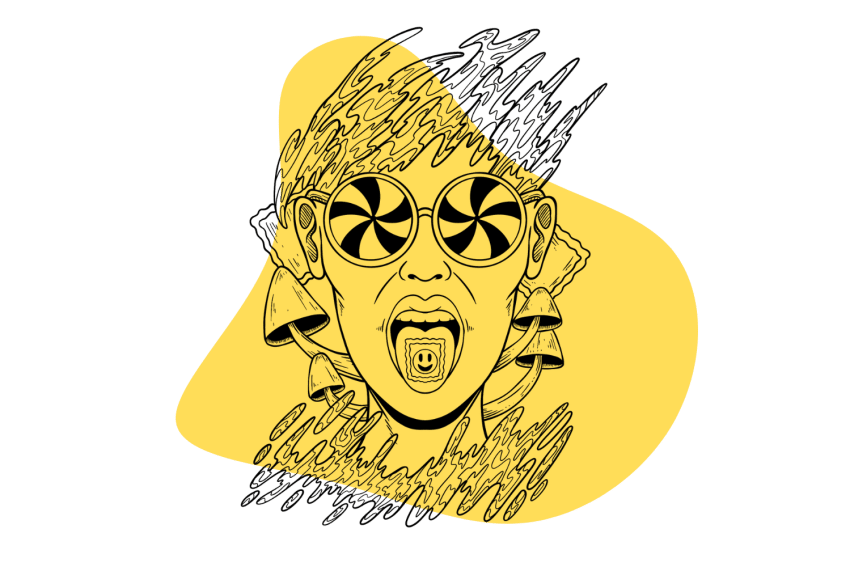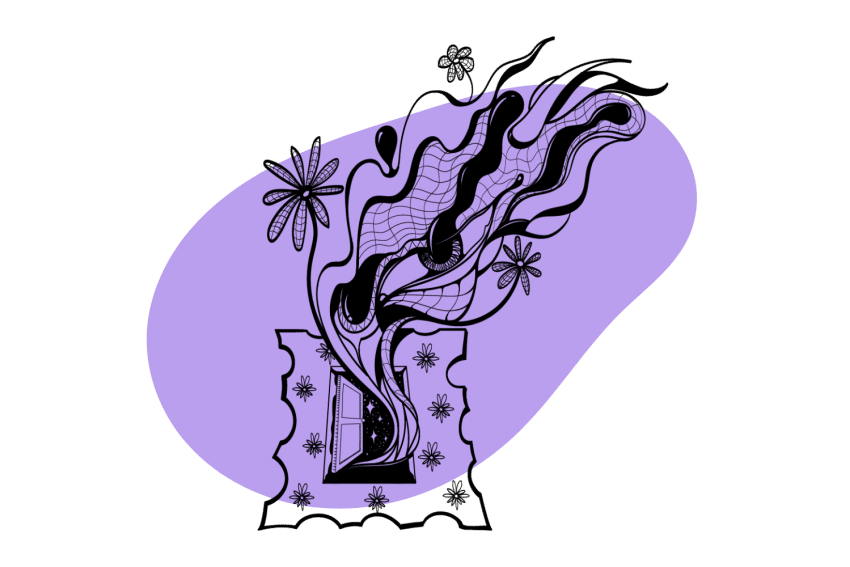Category: Tryptamines
The most common class of psychedelic substances is tryptamine psychedelics.
The most famous members of this class include DMT, psilocybin, and LSD.
These compounds interact with the serotonergic system (primarily the 5-HT2A receptor) to produce shifts in perception, ego-death, and introspection.
Alexander Shulgin outlined dozens of natural and synthetic tryptamine-based psychedelics in one of his books titled TiHKAL (Tryptamines I Have Known and Loved).
Microdosing psychedelics like LSD can benefit creativity and enhance problem-solving skills, but could it also improve a good night's sleep?
Despite having apparent benefits for mental health, LSD is classified as a Schedule I drug with "no accepted medical use." Learn more about the rise and fall of LSD.
Hawaiian baby Woodrose seeds are gaining popularity as a "legal high," but the side effects deter many. Let's go over the intricacies of this potent seed.
Shrooms and MDMA aren’t the only party drugs that deserve a second chance. Will LSD join the ranks of psychedelics that are revolutionizing mental health? We think it should.
Learn how athletes are microdosing LSD and magic mushrooms to gain an edge on the competition.
LSD (AKA “Acid”) is just one of many members of the lysergamide family of psychedelics — a few of which possess even stronger psychedelic effects.
Do you know who Tim Scully is? Check out this article exploring one of the most important and fascinating figures in the psychedelics community.
Learn about the potential addiction of LSD and how it can differ from other drugs.
LSD won’t make you see things that aren’t there, but objects or patterns may appear to be moving or merging. Here’s what a “conventional” acid trip feels like.
